Chad travel tips
Chad travel tips: Landlocked country in Central Africa, known for diverse landscapes, Lake Chad, and rich cultural heritage with nomadic influences.
Regions 🌎
Chad travel tips. Here is a list of all the regions of the Chad.

Batha
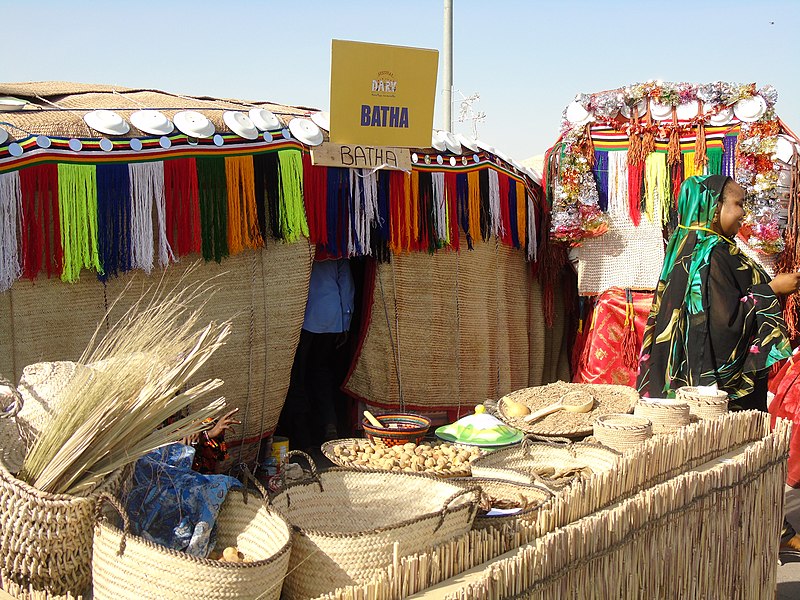
Batha Est

Borkou
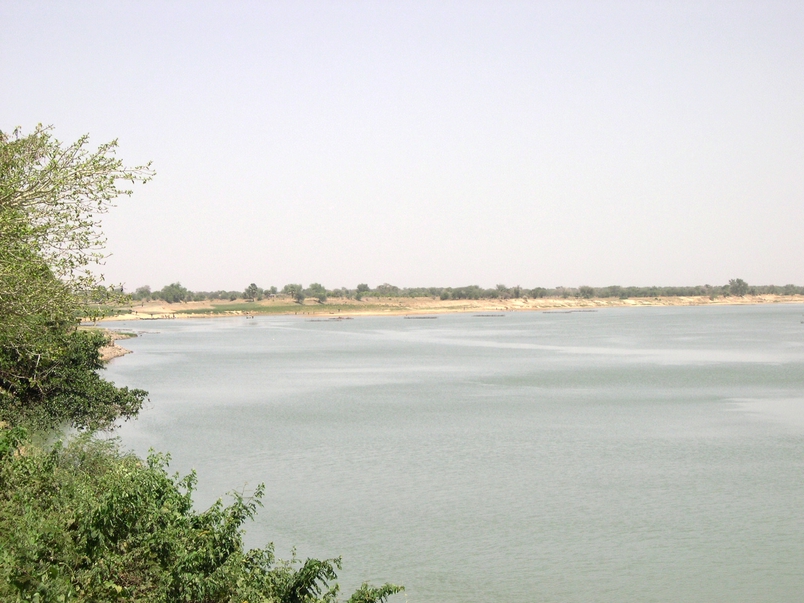
Chari-Baguirmi
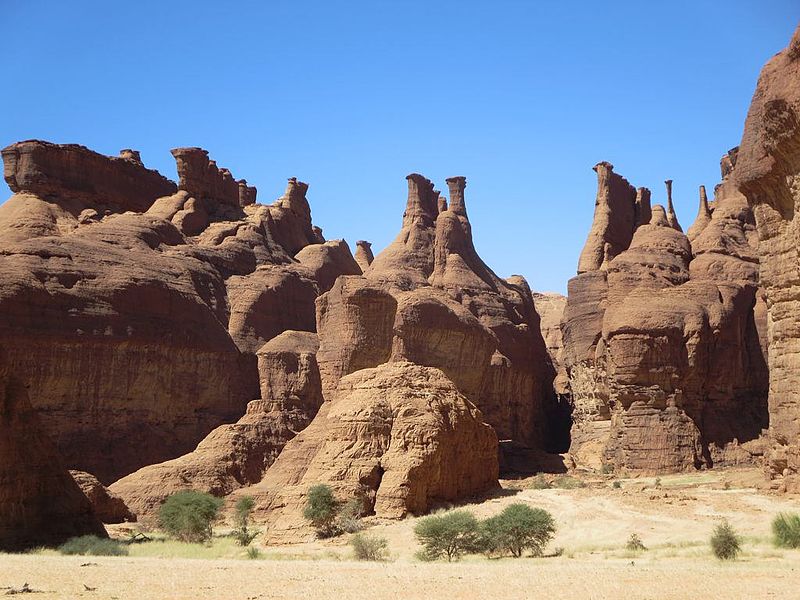
Ennedi Est
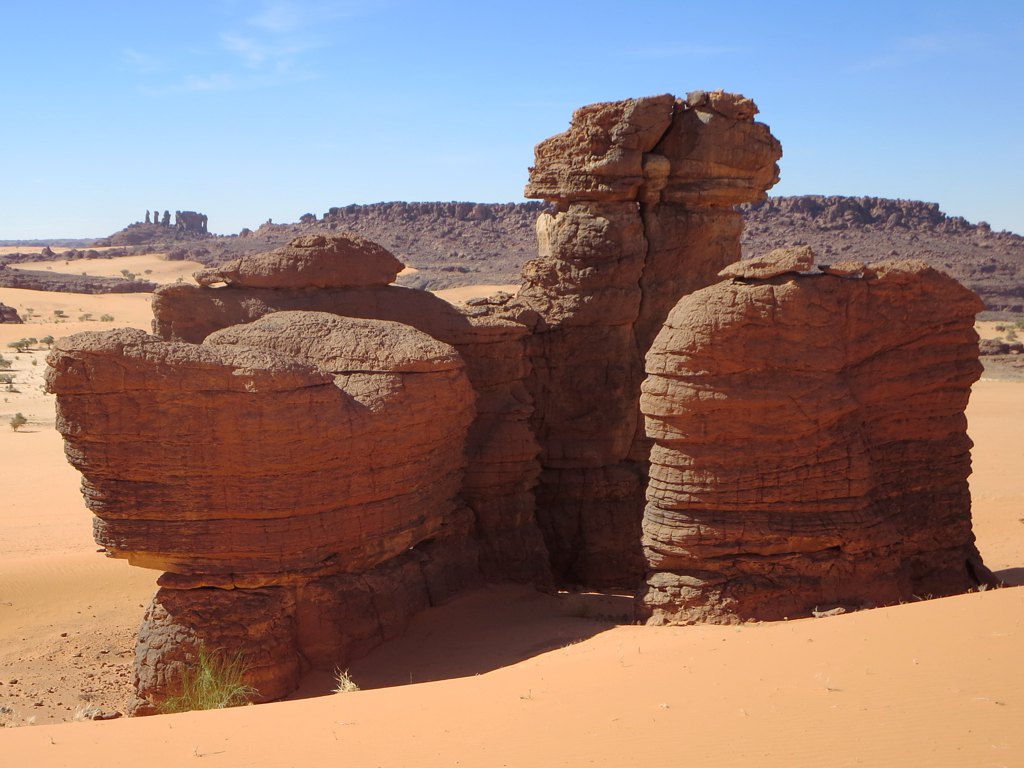
Ennedi Ouest
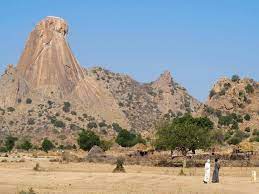
Guéra
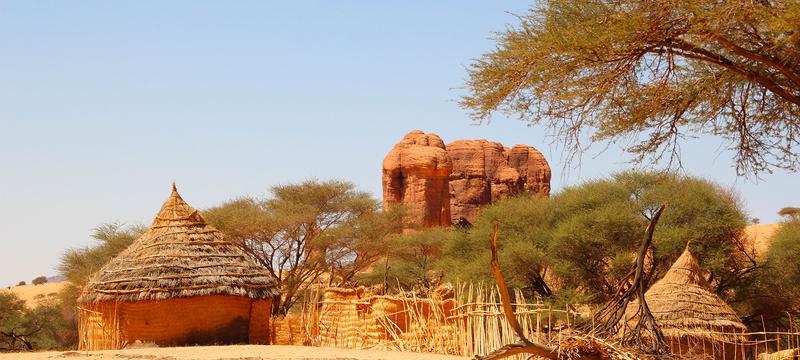
Hadjer-Lamis
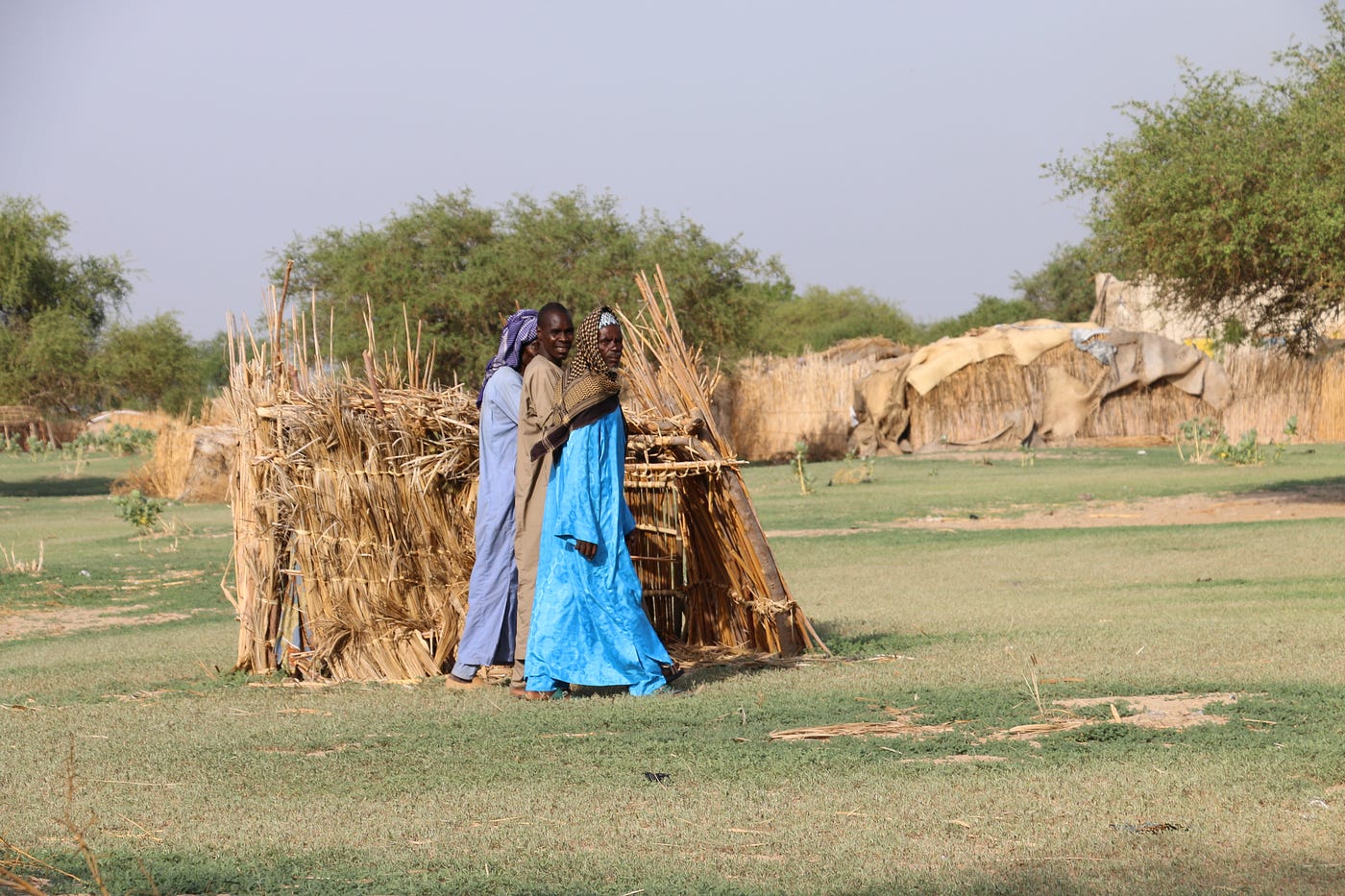
Kanem
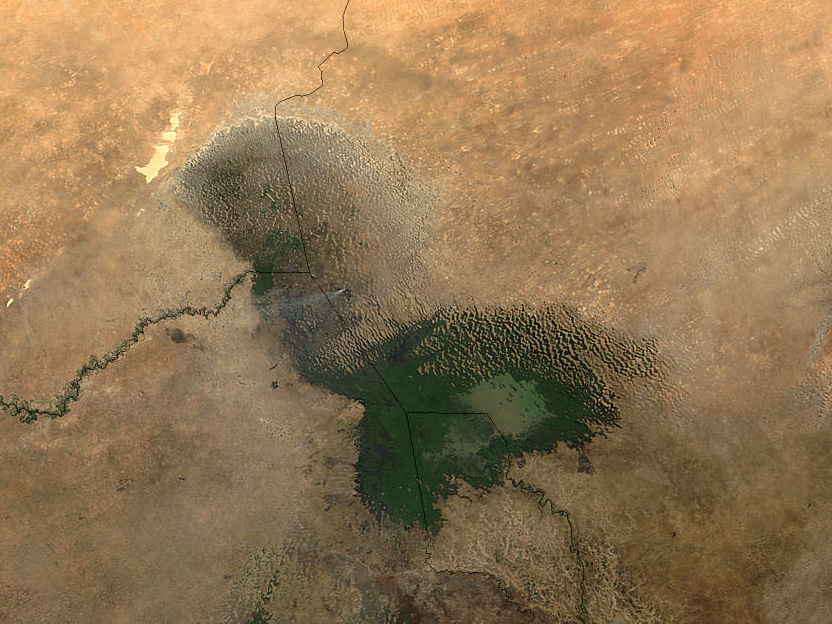
Lac

Logone Occidental

Logone Oriental

Mandoul

Mandoul Occidental

Mayo-Kebbi Est

Mayo-Kebbi Ouest

Moyen-Chari

N’Djamena

Ouaddaï

Salamat

Sila

Tandjilé
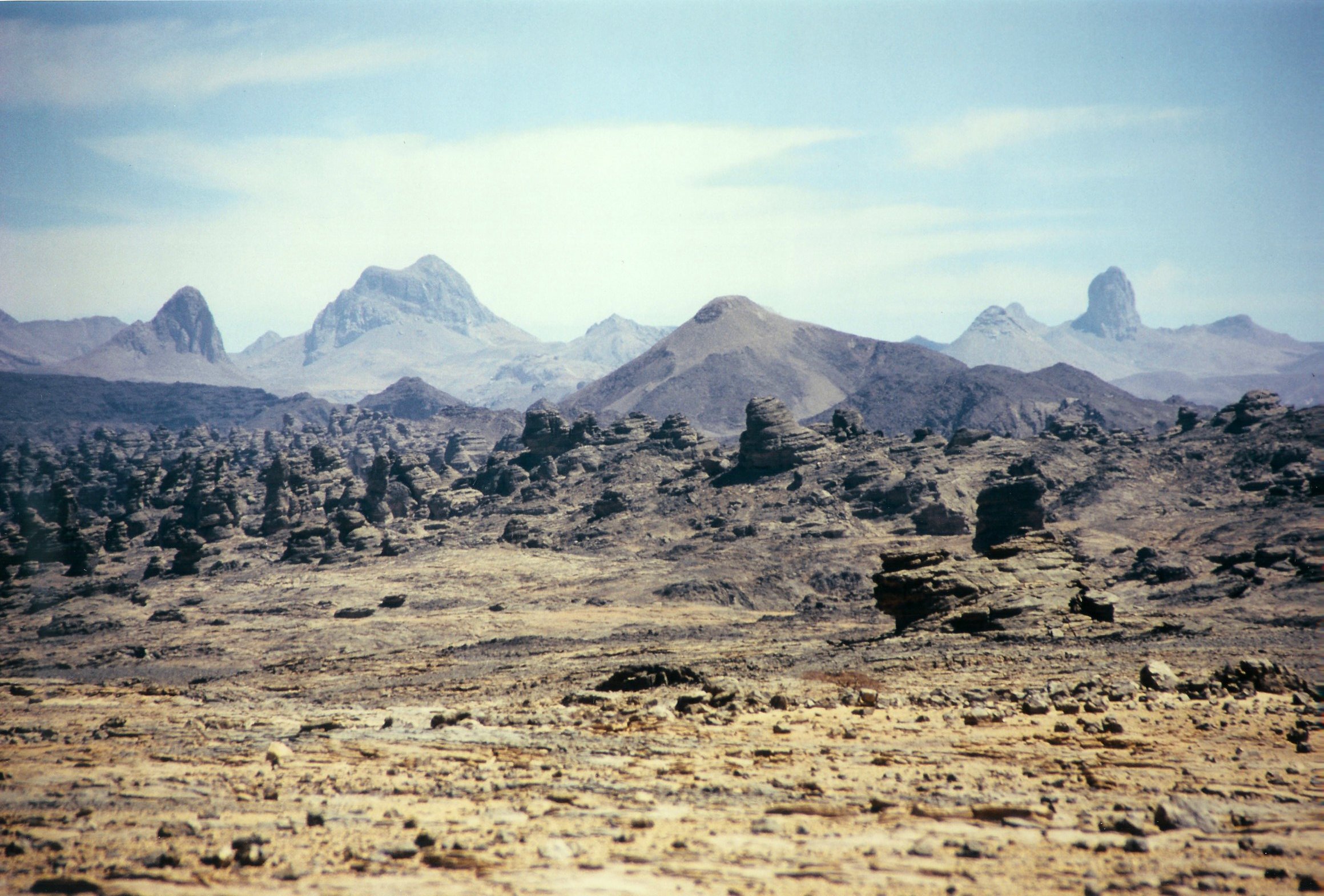
Tibesti
Before you go 🛩
Important information you should know before your trip
Info
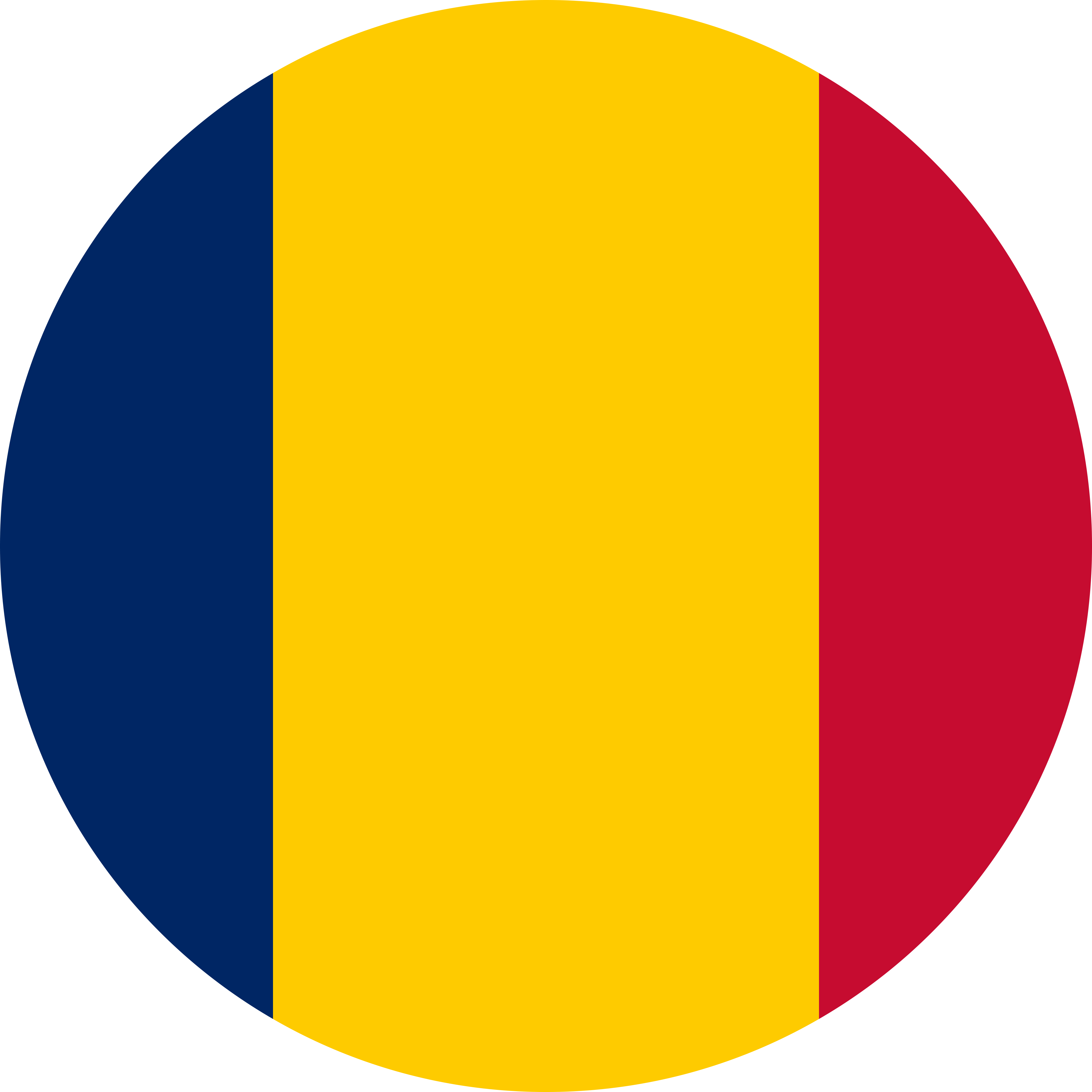
Capital | N’Djamena
Flag Codes:
ISO alpha-2 TD,
ISO alpha-3 TCD
Currency
Badge | CFA franc
CODE | XAF
NUMBER | 950
SYMBOL | Fr
FRACTION | penny
Mobile Coverage
Dialing Code | +235
SIM Card
Coverage | 3G / 4G / 5G |
Mobile Networks | Airtel Mobile | Tigo Mobile |
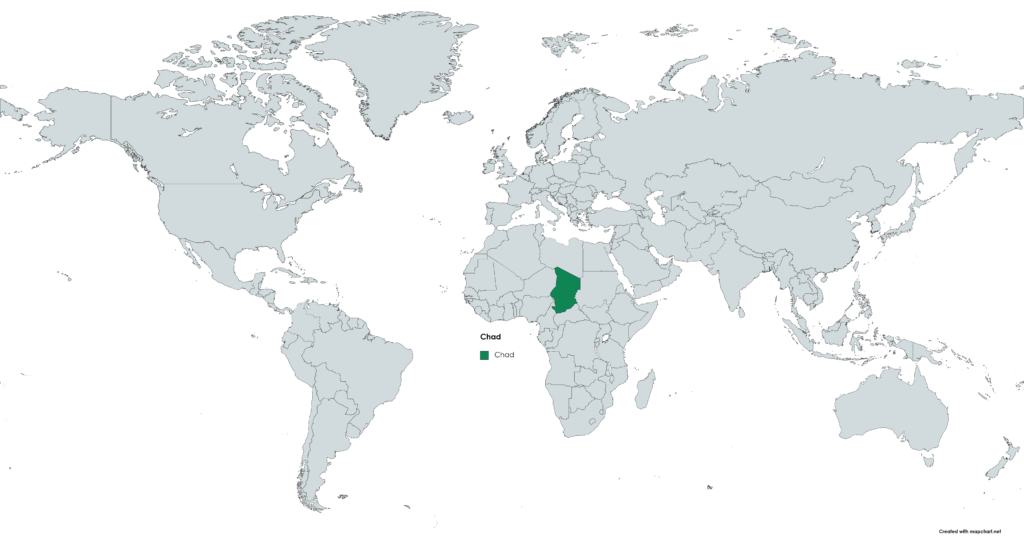
Location
Chad is a landlocked country located in central Africa. It is situated in the northern part of the African continent and is often referred to as the “Heart of Africa” due to its central location.
Central Coordinates: The central coordinates of Chad are approximately 15.4542 degrees latitude North and 18.7322 degrees longitude East.
Landlocked: Chad is a landlocked country, meaning it does not have any coastline along the ocean. It is surrounded by other African countries.
Geographical Features: Chad’s geography includes a mix of arid and semi-arid regions in the north, the Sahara Desert, and more fertile savannas and grasslands in the central and southern parts of the country. The country also contains several lakes, including Lake Chad, which is a significant freshwater source in the region.
Capital: The capital city of Chad is N’Djamena, located in the southwestern part of the country, along the Chari River, which forms part of the border with Cameroon.
Chad’s central location in Africa has historically made it a crossroads for trade and cultural exchange. Its geography includes a wide range of landscapes, from desert to savanna, and it plays a vital role in the region’s geopolitics and ecology.
Currency
The currency of Chad is the Central African CFA franc, abbreviated as XAF.
It is the official currency used in several countries in Central Africa, which are part of the Central African Economic and Monetary Community (CEMAC).
The Central African CFA franc is issued by the Bank of Central African States (BEAC) and is denoted by the symbol “FCFA” or the ISO code “XAF.” It is commonly referred to as the “CFA.”
The Central African CFA franc is pegged to the euro at a fixed exchange rate.
This means that the exchange rate is guaranteed by the French Treasury, and the currency’s value is effectively tied to the euro.
It is worth noting that there is a separate West African CFA franc (XOF) used in countries in West Africa, which is also pegged to the euro but is issued by a different central bank, the Central Bank of West African States (BCEAO).
Chad, being a member of the CEMAC, uses the Central African CFA franc as its official currency for daily transactions, trade, and financial activities.
Languages
Chad is a multilingual and multicultural country with a diverse range of languages spoken throughout its territory. However, two languages hold official status in Chad:
Arabic: Modern Standard Arabic is one of the two official languages of Chad. It is primarily used in government, administration, and formal education. Arabic is also used in religious contexts and is the language of the Quran for Muslims in Chad.
French: French is the other official language of Chad and is commonly used in government, education, media, and business. It is the primary language of instruction in schools and is essential for communication in urban areas and formal settings.
In addition to Arabic and French, there are numerous indigenous languages spoken in Chad. Some of the major Chadian languages include:
Sara: The Sara language is spoken by the Sara ethnic group in southern Chad and is one of the most widely spoken indigenous languages in the country.
Arabic Dialects: Various Arabic dialects are spoken by different ethnic and regional groups, including Chadian Arabic and others.
Hausa: Hausa is spoken by communities in Chad, particularly in the southwestern region near the border with Nigeria.
Kanembu: Kanembu is spoken by the Kanembu people in the western part of Chad, around Lake Chad.
Teda: Teda is the language of the Teda people in northern Chad.
Gor: Gor is spoken by the Gor ethnic group in central Chad.
Climate 🌡
Chad, located in central Africa, has a diverse range of climatic zones due to its vast size and geographical features. The climate varies from arid desert conditions in the north to more humid and tropical climates in the south. Here are some of the main climatic regions in Chad:
Saharan Desert (North):
The northern part of Chad is part of the Sahara Desert, characterized by an arid climate with extremely hot temperatures and very little rainfall. Daytime temperatures can soar to well over 100 degrees Fahrenheit (38 degrees Celsius) during the summer months. Nights can be cold, especially in the winter.
Sahelian Zone (Central):
This transitional zone between the Sahara Desert to the north and the savannas to the south experiences a semi-arid climate. It has a dry season with very low rainfall and a wet season with more precipitation. Temperatures are high during the day and can drop significantly at night.
Sudanian and Sudanian-Sahelian Zones (South):
As one moves further south, the climate becomes more tropical and humid. These zones have distinct wet and dry seasons. The wet season, often referred to as the “rainy season,” typically occurs from June to September. During this time, temperatures are somewhat cooler, and the region receives more rainfall. The dry season, from October to May, is characterized by higher temperatures and lower humidity.
Ennedi Plateau (East):
In the eastern part of Chad, the Ennedi Plateau and the Tibesti Mountains experience a more temperate climate compared to the northern desert. However, temperatures can still be extreme, especially in the summer months.
Lake Chad Basin (West):
The Lake Chad Basin, in the southwestern part of the country, has a relatively more humid climate due to the presence of the lake. It experiences a wet season and a dry season, with temperatures that can be hot during the day.
Chad travel tips
If you’re planning a trip to Chad, here are some travel tips to enhance your experience:
Visa and Documentation:
Check visa requirements and carry necessary travel documents.
Health Precautions:
Get required vaccinations and carry essential medications.
Safety Awareness:
Stay informed about local safety conditions and follow travel advisories.
Local Customs:
Respect cultural norms; dress modestly and ask before taking photos.
Transportation:
Domestic flights and road travel; arrange transportation in advance. View Guide.
Wildlife and Nature:
Explore Zakouma National Park for diverse wildlife.
Cultural Sensitivity:
Seek permission before entering homes and respect local traditions.
Enjoy your time in Chad!

The best of the best
The cuisine of Chad reflects the diverse cultures and regions found within the country. It features a range of ingredients and dishes influenced by Arabic, African, and French culinary traditions.
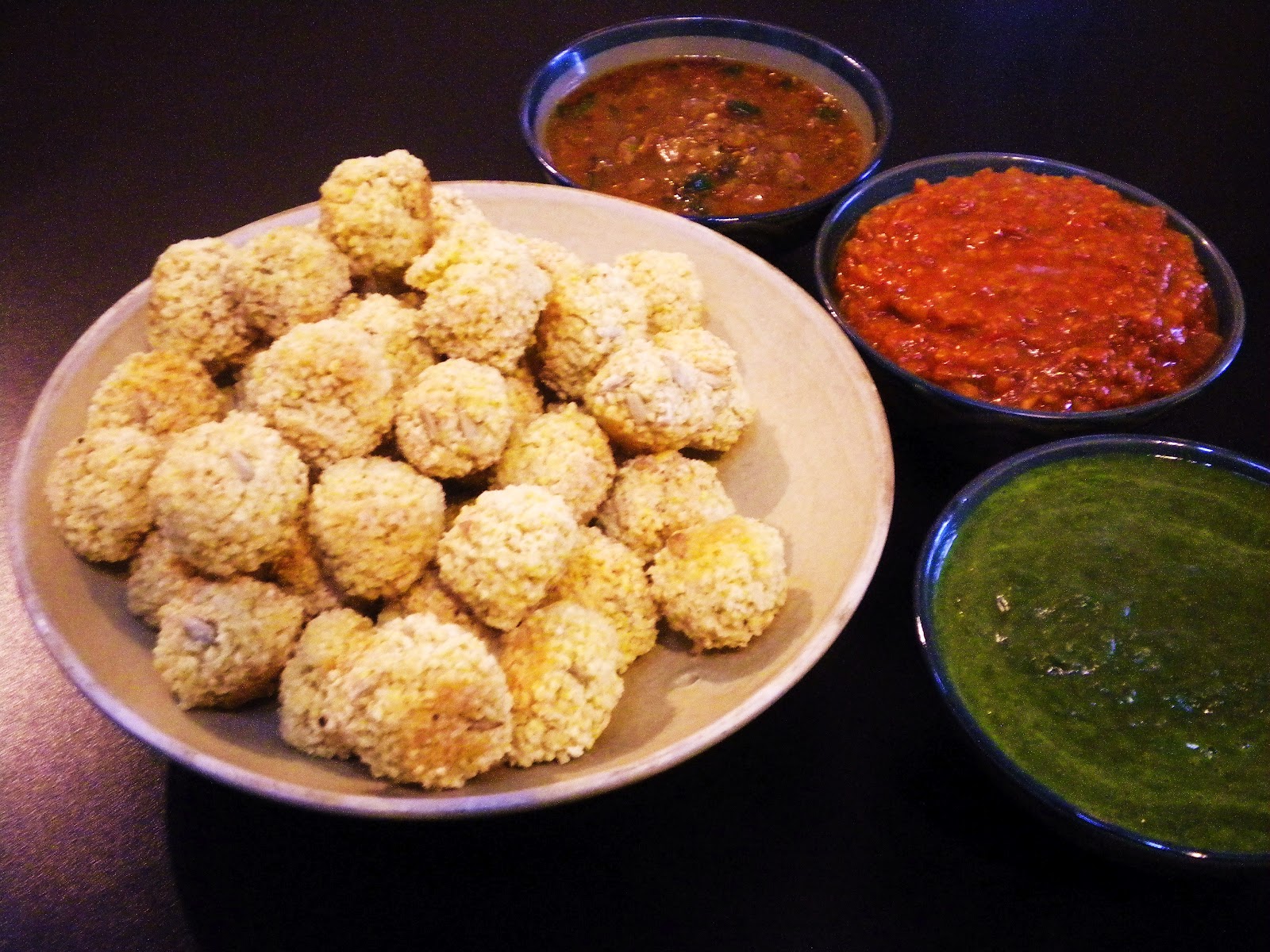
Millet
Millet is a staple grain in Chad and is used to make a variety of dishes, including porridge and couscous. like okra, spinach, and eggplant.

Okra Soup
Okra is a popular vegetable in Chad, and okra soup is a common dish made with okra pods, tomatoes, spices, and sometimes meat or fish.

Ful Medames
A popular breakfast dish in Chad, Ful Medames consists of cooked fava beans seasoned with spices, olive oil, and often served with bread.
Here are some typical foods and dishes you might find in Chad:
Sauce arachide: This is a peanut sauce made with ground peanuts, tomatoes, and spices. It is commonly served with rice or millet couscous.
Dama: Dama is a type of steamed millet dumpling or cake that is usually served with a sauce, such as sauce arachide.
Boule: Boule is a thick, doughy porridge made from millet or sorghum. It is a substantial and filling food often served with sauces or stews.
Salads: Chadian salads are typically made with tomatoes, onions, and green peppers, often seasoned with a vinaigrette dressing.
Bessara: Bessara is a bean-based dish made from fava beans or black-eyed peas. It is often pureed and served as a dip or sauce.
Chadra: Chadra is a sweet dish made from millet or sorghum flour, cooked with water and sugar to create a porridge-like consistency. It’s often enjoyed as a dessert.
Dates and Nuts: Dates, figs, and various nuts are popular snacks and dessert ingredients in Chad.
Tea: Chadian tea, often flavored with mint and sweetened with sugar, is a common beverage and a symbol of hospitality in Chad.
Fruits: Chad has a variety of tropical and subtropical fruits, including mangoes, papayas, guavas, and oranges, which are enjoyed as snacks or desserts.
Chadian cuisine is known for its hearty and flavorful dishes, often featuring a mix of grains, vegetables, and meats. Spices and herbs are used to enhance the flavors of many dishes. The availability of specific foods and flavors can vary by region within the country, reflecting the diverse cultural influences found in Chad.
Transportation 🚥
More information about this country
Choose your destination 📍🗺
Useful Links ✅



